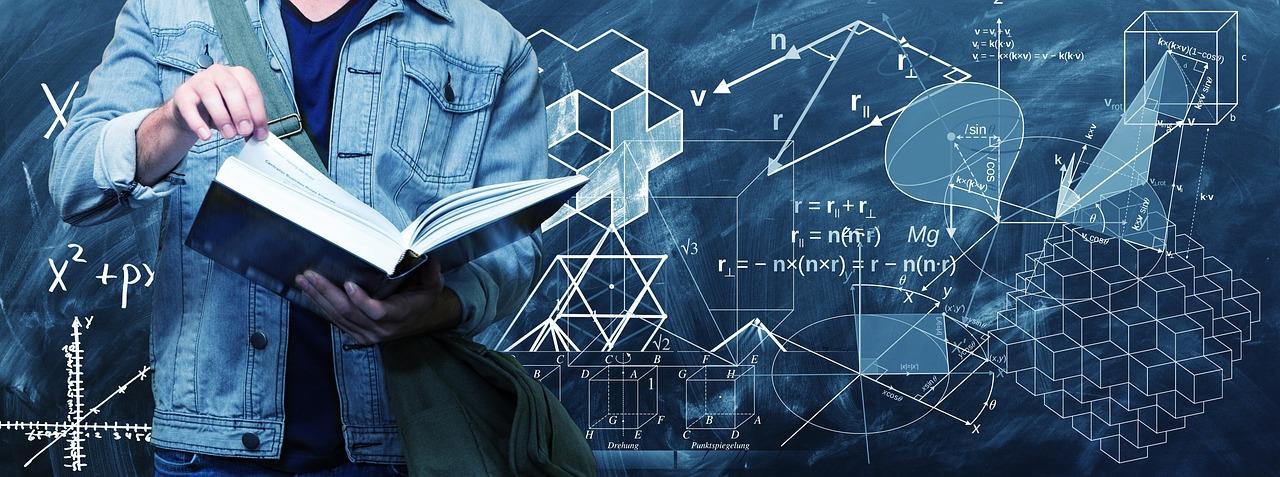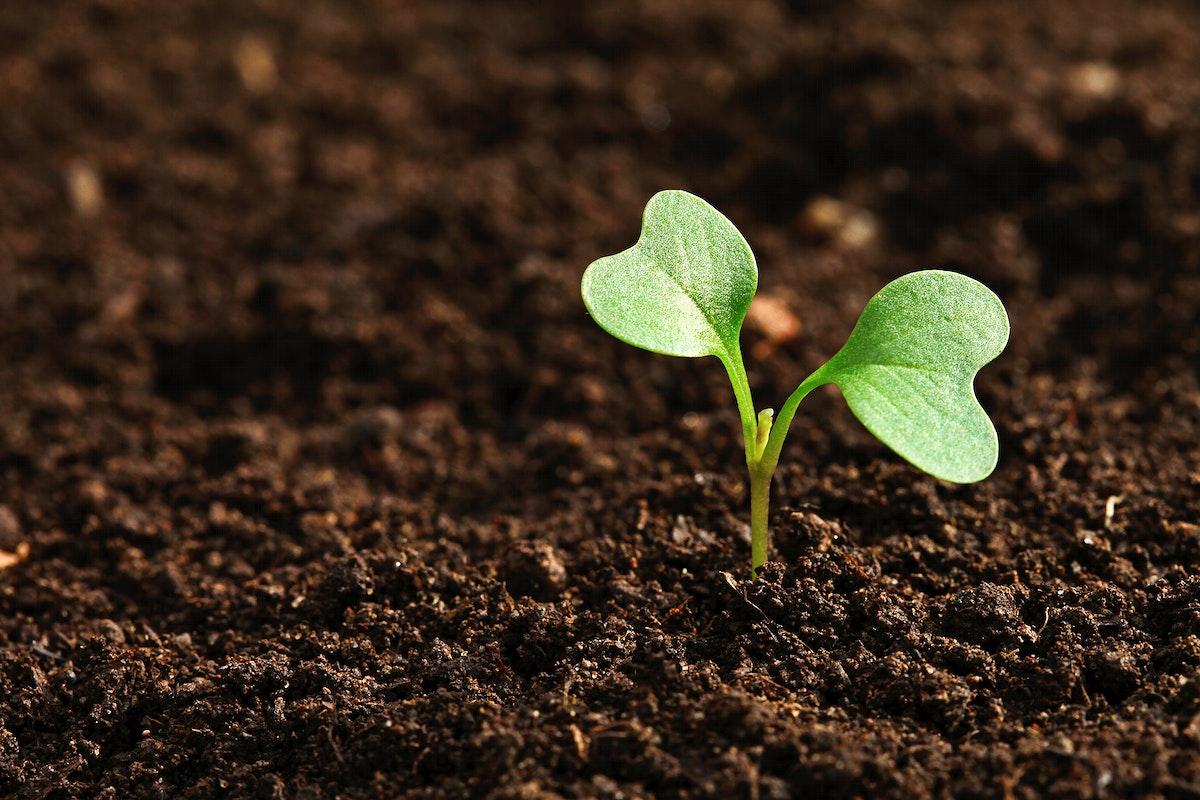
Calorimetry: Measuring the Calories in Food
by Janet Anderson
This hands on activity uses calorimetry to determine the calorie content of snack food. Different samples of snack foods are burned and the temperature change of surrounding water is measured. This temperature change is used to calculate the calories released from each sample. The calories per gram are then calculated and compared to the information on the nutritional label for the specific snack. Students are expected to make a claim, provide evidence and reasoning why there may be a difference in values.
Lesson Plan Link/URL
https://docs.google.com/presentation/d/1hM4CuJU6lKTVzitZK5_yJ4yuiGtykZFg/edit?u…Subject Area
Science Physical Science P4: Energy Transfer Mathematics Operations and Algebraic Thinking (OA)
Featured
Off
Related Content

Grades:
9th Grade, 10th Grade, 11th Grade, 12th Grade
This is a high school level project that covers food webs, nutrition cycling, and human intervention in ecosystems. This gives students a hands-on, real-world look at a water system in their backyard.

Grades:
9th Grade, 10th Grade, 11th Grade, 12th Grade
This lesson is designed to introduce the concept of composting and its importance for sustainability and waste reduction. This lesson takes place in a classroom and school garden for two or more weeks

Grades:
9th Grade, 10th Grade, 11th Grade, 12th Grade
Students go to four different stations to observe how pressure, temperature, and volume interact to affect the behavior of gases. They will also utilize math skills for some of the stations in this